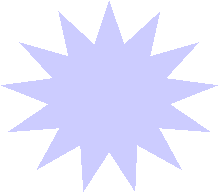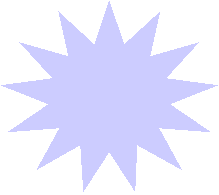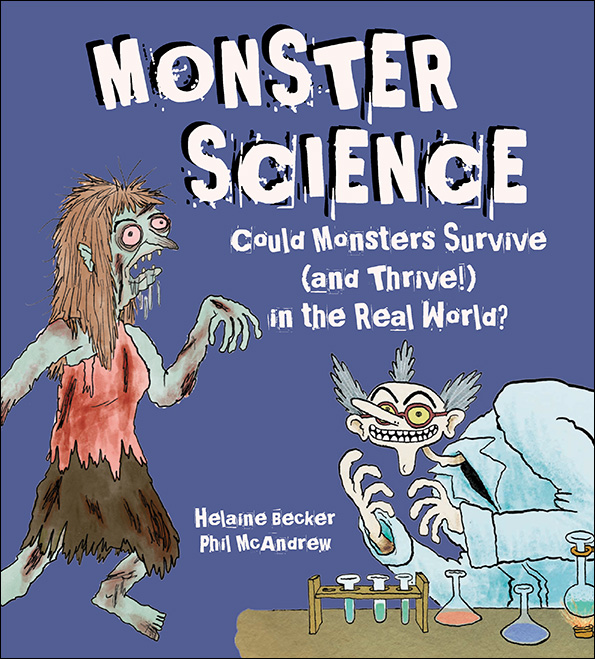
Shortlisted for 2016 Lane Anderson Award
Could monsters survive - and thrive - in the real world? Welcome to Monster Science, where you'll meet six of the world's most fearsome creatures and put them under the microscope to determine fact from fiction. Could monsters really exist? What science might make that possible? WARNING: what you discover might surprise - and even terrify - you!
Consider these hair-raising possibilities:
* Can you stitch together body parts and z-z-zap them to ife, like Dr. Frankenstein? Shocking!
* Can you drink blood and live forever, like Dracula? Gulp.
* Can you raise the dead and start a zombie apocalypse? Eek!
* Can you transform into a werewolf under the light of the full moon? Arooo!
Monster Science tackles these questions and more, giving you the information you need to unlock dangerous scientific secrets. Read on, if you dare. And then take the quiz at the end of each chapter to see how you would fare as a mad scientist. Mwa ha ha!
Watch the Trailer HERE
Order HERE
Hardcover: 978-1771380546
$18.95 US/$19.95 CAN
Reviews:
"From Frankenstein’s creation to Nessie, Becker uses the creatures of our scariest stories as a springboard for an introduction to the scientific understandings that might make such creatures possible—or impossible. In addition to man-made monsters and legendary sea creatures, she covers vampires, zombies, werewolves, and wild, humanlike creatures like Bigfoot. Chapter by chapter, she provides references from literature, film, and popular culture, including a bit of science, a bit of history, and a plentiful helping of humor. She includes numerous monster facts, suggests weapons of defense, and concludes each section with a test-yourself quiz. Science topics covered range widely: electricity, genetic engineering, “demonic diseases,” the nature of our blood and the circulatory system, the possibility of immortality, animal classification, evolution, cannibalism, optical illusions, heredity, hoaxes, and the very real profession of cryptozoology, or the search for hitherto unidentified creatures. Explanations are clear though sometimes oversimplified; they’ll provide readers with an acquaintance with the topic and its vocabulary but probably not real understanding. Lively design and zany cartoon illustrations add to the appeal. There is an index but, sadly, no sources or suggestions for further explorations by readers who will be wanting to know more.
Book bait of the best sort, this is a winning combination of fancy and fact."
"A highlight of this work is its exploration of the often symbiotic relationship between culture and science; figures such as Shelley, John Polidori (The Vampyre), and filmmaker George Romero (Night of the Living Dead) merged cultural fascination with scientific development to create truly inspiring works and further public interest in science...VERDICT: The connection between pop culture and science is intriguing; this title will appeal to science educators as a supplemental resource for classroom activities.


"Like your typical zombie, the concept of Toronto author Helaine Becker’s new book is a no-brainer: take a half-dozen of the most gruesome monsters from movies, myths, and legends, and spell out their scientific plausibility. It’s an inspired idea – kids love to creep themselves out wondering whether Dracula or hordes of flesh-eating undead humans could exist. And it’s very much to Becker’s credit that Monster Science, while mostly falling on the side of skepticism, ultimately answers the question in its subtitle with a resounding maybe.
The six monsters Becker chooses are all classics: Frankenstein (the creature, not its creator), vampire, Bigfoot, zombie, werewolf, and sea monster. For each, Becker gives the most likely origins of the monstrous myth, then examines the beastie’s best-known traits in relation to scientific fact. This leads the book in some very interesting and unexpected directions. For example, assessing the plausibility of reanimating a human body through electricity, Franken-style, means giving a potted history of the Age of Enlightenment, the cultural concept of the “mad scientist,” the nature of electricity, and more. The discussion of Bigfoot and other elusive tall, hairy beasts includes Linnaeus’s standard classification of animals, Darwin’s theory of evolution, and the notion of confirmation bias. Of course, Becker throws in some monster jokes, too – all of them groaners. (“What is a vampire’s favourite fruit? A neck-tarine.”)
The sheer amount of information Becker provides and multitudinous lines of inquiry she pursues could overwhelm a younger reader. In the vampire chapter, for instance, a kid in Grade 3 might find herself a little vexed by the concept of HeLa cells, “obtained [in 1951] from the cervix of a woman with cancer named Henrietta Lacks,” which continue to live and divide, and thus may be considered immortal. Older readers, however, will be all over this stuff like Dracula on a swan-like neck."
"Frankenstein, vampires, bigfoot, zombies, werewolves, sea monsters — they’re not real, right? But what if they were? How would science explain their existence? In this totally original book, these mythical creatures are put under the microscope, one by one, and the scientific principles that prove or disprove their plausibility are explained."
-Canadian Children's Book Centre
"Vampires, Zombies, and Werewolves, oh my! This highly engaging examination of monsters dissects various legendary creatures, providing readers with a fact-based study of the supernatural. After a brief introduction, readers can explore six chapters focusing on the most renowned monsters, examining each with a scientific lens. For example, a chapter on sea monsters describes the legendary Loch Ness Monster and the Kraken, while also including informational text about sonar, ocean trenches, and warm-blooded vs. cold-blooded creatures. The colorful pages and comic style illustrations provide a humorous view of the scary content, and are a great match to the author’s playful text. Accented with monster facts and monster jokes, each chapter also ends with a quick quiz such as “Surviving the Zombie Apocalypse.” Readers looking for a scare will not be disappointed, but will also find themselves laughing and learning something new along the way. Be sure to read this one before dark! Highly Recommended
"This book was fantastic! Each chapter is dedicated to a different well known monster: Frankenstein, Vampire, Bigfoot, Zombie, Werewolf and Sea Monster, and for each of them the science, and also historic and cultural backgrounds are analyzed in order to try to figure out if their existence could be possible.
As an example, in Frankenstein's chapter (which is also my favorite) the reader will find the story of when Mary Shelly wrote the first draft of the novel, the Enlightenment as the background, what is electricity and if it really can wake the dead, neurons, organ transplantation, genetic engineering, monsters as lonely creatures, mad scientists, body snatchers, and more.
Going through all the six chapters you will read about an incredibly amount of topics such as blood diseases, scientific revolution, metamorphosis, hypnosis, species classification, evolution, plagues, hybrids, Sonar, Tsunamis, and an endless etc.
The text is accessible for the age range, and the book is thoroughly illustrated with funny pictures, not scary at all. Most of the kids are interested, or at least curious, about monsters, and Monster Science is a great option to stimulate their interest in science.
I received this copy from the publisher via NetGalley in exchange for an honest review."
"A totally unique way of exploring science, this book uses a collection of classic monster examples to cover a wide and fascinating range of real science, mostly relating to anatomy and biology. Engaging, humorous and fascinating!"
Reading Power Gear Blog

Eureka Silver Award!
California Reading Assoc.

OLA
BEST BET!

Lane Anderson Science Writing Award Finalist!
